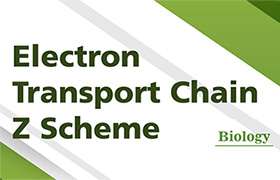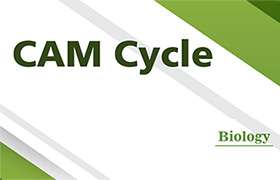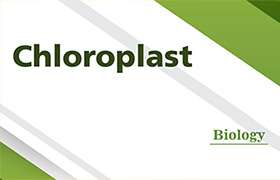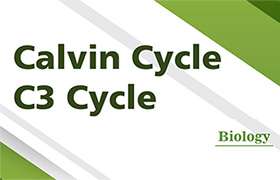NEET Class neet Answered
conversation of PGA to G-3-P in Calvin cycle involves
Asked by swejithreddy | 12 Jan, 2021, 02:44: PM
Reduction:
In the second stage, ATP and NADPH are used to convert the 3-PGA molecules into molecules of a three-carbon sugar, glyceraldehyde-3-phosphate (G3P). This stage gets its name because NADPH donates electrons to, or reduces, a three-carbon intermediate to make G3P.
The reduction stage of the Calvin cycle, which requires ATP and NADPH, converts 3-PGA (from the fixation stage) into a three-carbon sugar. This process occurs in two major steps:
-
First, each molecule of 3-PGA receives a phosphate group from ATP, turning into a doubly phosphorylated molecule called 1,3-bisphosphoglycerate (and leaving behind ADP as a by-product).
-
Second, the 1,3-bisphosphoglycerate molecules are reduced (gain electrons). Each molecule receives two electrons from NADPH and loses one of its phosphate groups, turning into a three-carbon sugar called glyceraldehyde 3-phosphate (G3P). This step produces NADP+ and phosphate as by-products.
Answered by Sheetal Kolte | 13 Jan, 2021, 11:19: AM
Concept Videos
NEET neet - Biology
Asked by anurag04823 | 16 Feb, 2023, 10:07: PM
NEET neet - Biology
Asked by jhajuhi19 | 16 Apr, 2021, 08:23: AM
NEET neet - Biology
Asked by swejithreddy | 12 Jan, 2021, 02:44: PM






